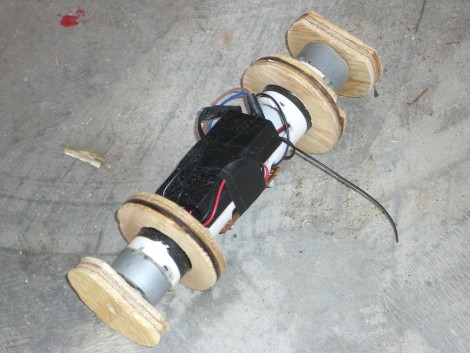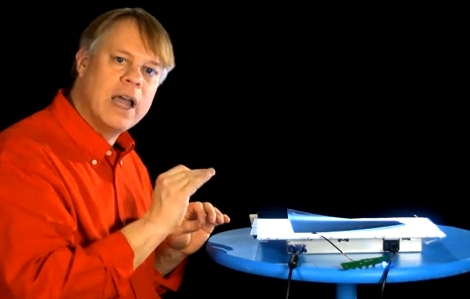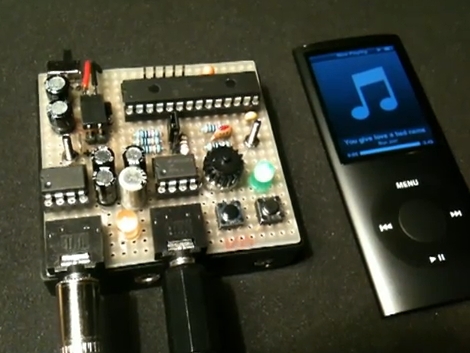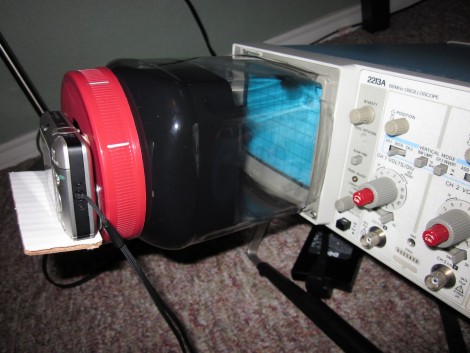
[Headsheez] found a way to get his home phone service for free. He’s using a set of tools that we’re familiar with to route service from a typical analog phone system (which involves the extensions wired into your home) through a server to the Internet. On the hardware side of things this starts out with an Analog Telephone Adapter which translates the analog signal for use in a PBX system. He uses a copy of the open source PBX project called Asterisk which we’ve also seen used on devices like routers and the SheevaPlug. The actual telephone number comes from a Google voice account which for now is a free service but there’s no guarantee that it will remain that way in the future.
This should provide seamless service just like you’re used to with a traditional home phone line. There’s even caller ID for the number – but not the name – for incoming calls. The one big feature that is missing from this setup is the ability to call 911 for emergencies.
[via Reddit]
















